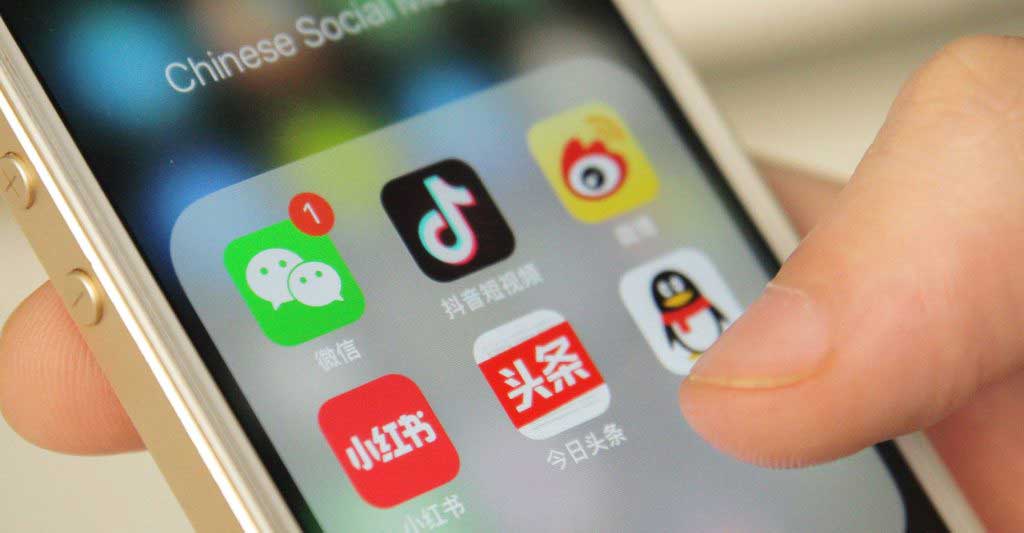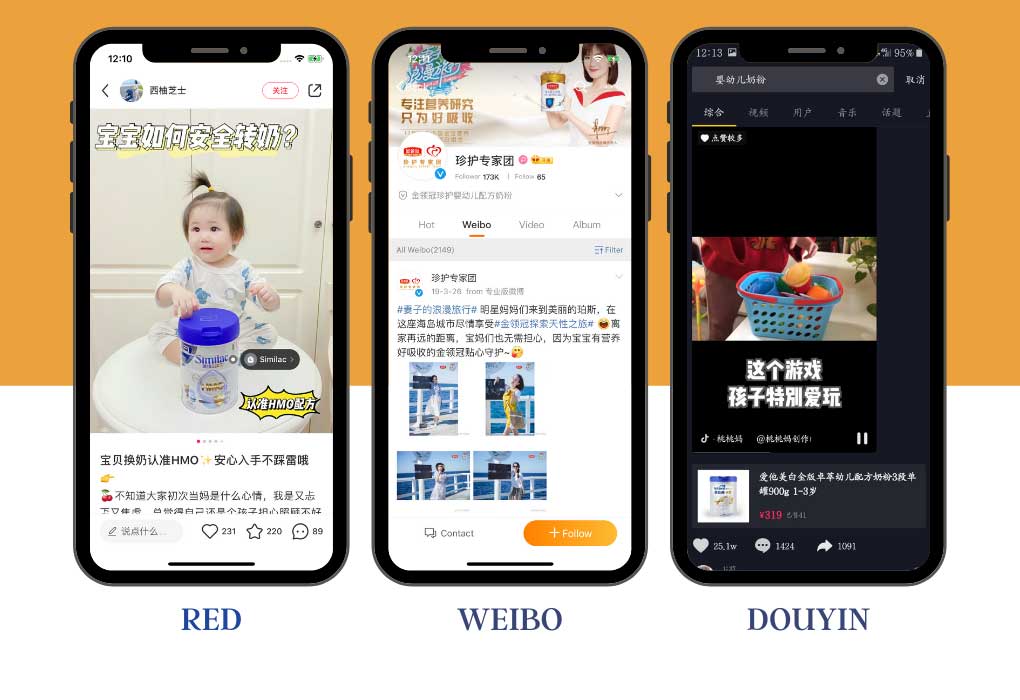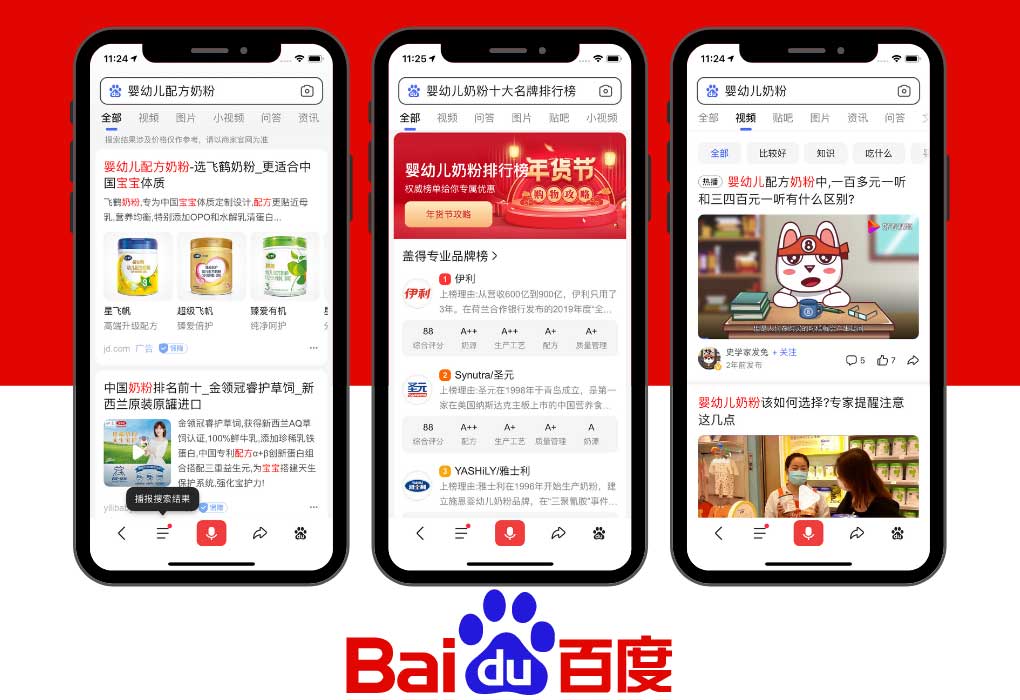In order to achieve success in the Chinese market, you must have a winning marketing strategy and this is what we are about to dive into in this post. Here are three China marketing strategy tips that will help you improve your conversion rate and make stand out from the competition.
- Understand local preferences and cultural values.
- Use effective digital marketing channels.
- Tailor your message to resonate with Chinese consumers. If you can implement these strategies, you’ll be well on your way to achieving success in China’s burgeoning economy.
When optimizing your marketing strategy, content plays a major role. Customers are not patient in China, and they are extremely selective. Customers won’t want to do business with them if they don’t like what they offer.
Need a cost effective TP (Tmall Partner) to sell in China?
We are an Official Tmall Partner e-commerce Agency. Our Services: E-Commerce, Search Engine Optimization, Advertising, Weibo, WeChat, WeChat Store & PR.
In addition to attracting customers, well-designed content will encourage them to purchase as well as foster loyalty to your brand (this is quite challenging because Chinese consumers are not very loyal since they will usually switch to something better if they find something better).
Many interesting tools are available to optimize your content, such as interactive experiences, storytelling, and even celebrity endorsements.
Chinese people enjoy interacting with technology. They are digital people. They do well with storytelling around brands, too.
Top China Marketing Strategies for China in 2022
1. Understand Your Target
Investing your time and effort into research before beginning the process of implementing your brand in China is crucial. It will, of course, always be possible to estimate and predict everything that could happen, but there is always some incertitude about it. It is necessary, however, to understand what are the expectations of your target, what are their needs, and how you can address their needs while modifying your existing solutions to accommodate Chinese users’ specific needs.
Work with an agency that understands your final client or you need to understand them yourself.
2. Master Chinese Social Media
Social media are crucial in your China Marketing strategy, there are more Chinese users of the Internet than anyone else in the world. Chinese internet users reached 800 million in 2018 (including 788 million smartphone users). Among their special traits are their particular approach to social media, their need to listen to other users’ feedback, and their love of really new forms of communication (live streaming especially).
There is only one app that they swear by to manage every aspect of their daily life: WeChat. There are many Chinese social networks, which are very complex and diverse. To be successful, companies need to take advantage of the features these platforms offer to get the most out of them.
Here are two apps nearly every single companies doing business in China should invest in:

- Wechat: WeChat is a powerful communication and marketing tool in China. It’s the most popular social media app in China, with over 1 billion users. Businesses that want to do business in China need to have a WeChat official account. It’s the best way to connect with potential customers and build relationships with them. A WeChat official account allows businesses to send messages, post updates, and offer promotions. It’s also a great way to collect feedback from customers and learn what they think about your products or services. Wechat can not be ommited from your china marketing strategy.
- Weibo: Weibo is one of the most popular social media platform in China, with over 650 million active users. Thanks to its large user base and high engagement rates, Weibo is an ideal platform for businesses looking to reach Chinese consumers. Companies can use Weibo to run targeted marketing campaigns, reaching out to specific demographics and interests. What is best? the users base is varied, and there is a space for nearly every topics covering every types of industry. So B2B companies, don’t run away from it.
Social Media that are equally relevant but with a more targetted audiance:
- Xiaohongshu for lyfestyle brand: The platform has a large and engaged user base. Xiaohongshu is the perfect platform to reach Chinese millennials who are increasingly important consumers of luxury goods and services. Second, as a social review platform, Xiaohongshu facilitates word-of-mouth marketing and provides a forum for users to share their experiences with brands. In addition, the social-commerce concept ot the app, offers an opportunity for brands to engage with their customers in a more interactive and engaging way. Xiaohongshu should be well integrated in the china marketing strategy of cosmetics brands especially.
- Douyin: Douyin is a key platform for brands targeting Chinese Gen Z and millennials because it offers an immersive, interactive experience that engages users in a way other platforms cannot. With its short videos and creative filters, Douyin allows users to express themselves in a fun, engaging way that captures the attention of Gen Z and millennials. Additionally, the app’s user-generated content helps to create a sense of community among users, which is another draw for young consumers. For brands looking to reach Chinese Gen Z and millennials, Douyin should be at the top of their marketing strategy.

- Kuaishou, similar to Douyin but targets Chinese 3rd and 4st tiers cities: Kuaishou is a social media app that enables users to share short videos with their friends and followers. It’s particularly popular among younger people, who use it to share funny or interesting videos they’ve shot on their phones. This makes it a powerful tool for marketing products and services to young people in smaller cities, who are often more difficult to reach through traditional advertising channels. Kuaishou also offers a level of engagement that’s unmatched by most other social media platforms.
- Zhihu: Zhihu is the leading Chinese platform for knowledge sharing, and is therefore the perfect place to connect with potential customers and partners. Zhihu users are highly engaged and influential; they’re more likely to be decision-makers within their organizations, making them prime targets for marketing efforts. Finally, since Zhihu is a Chinese platform, using it for marketing lets companies target Chinese consumers in their own language. Great for both B2B and B2C companies.
There are a lot more Chinese social media worth discussing but for your sake, we will be stopping here! If you wanna dig further on the topic, have a look at our China Social media guide.
3. Cost-Efficient China Marketing Strategy Baidu SEO
It’s probably not a surprise to you that Baidu is not Google. To adapt your strategy to the Chinese search engine, it is important to know the differences between the two. The content you write for your website is essential, but if you don’t optimize your SEO strategy, it won’t help you.

It is important to understand that Baidu’s SEO is vastly different from Google’s. Because Baidu has nearly 73% of the market share, you must be highly ranked on Baidu’s search engine results. Following are a few guidelines for a successful SEO campaign in China.
- The first thing that you need to do is to make your website in simplified Chinese, as Baidu struggles to read foreign languages. You should also consider hosting your website in China. There is a greater chance of being better ranked as a result of improving the loading of pages and accessibility!
- Consider carefully your choice of keywords.
- Content should be carefully chosen. Articles, videos, and photos should adhere to China’s restrictions. You’ll lose ranking points if Baidu doesn’t respect the law when you post content. To rank higher, you must post new content regularly.
- To conclude, make sure you have a large number of quality backlinks!
4. Integrate 3rd and 4th Cities in your China Marketing Strategy
The first and second-tier cities are great places to implement your brand in China, however, the third and fourth-tier are also very important. Compared to first-tier cities, the populations of lower-tier cities are just starting to discover the benefits of e-commerce and online shopping, which is why they are late adopters of the internet. These lower-tier cities will grow and evolve over the next decade and will become the new engines of Chinese markets.
There are a few reasons why smaller Chinese cities can be interesting for brands and companies:
1) There is still a lot of room for growth in these markets, which means that there are plenty of opportunities to make new customers and grow your business.
2) The competition is not as fierce as it is in larger cities, so it can be easier to stand out and attract attention.
3) The people living in these smaller cities are generally more open-minded and adventurous, so they are more likely to try new things and be willing to invest in new products or services.
4) The cost of doing business is usually lower in smaller cities, which can help you save money on marketing expenses or other operational costs
5. Mobile-Friendly is Key for Your China Marketing Strategy
M-Commerce is becoming more and more popular with users. China is a pioneer in digitalization; they implemented QR codes and now, with Alipay and WeChat, they have largely popularized phone payment. Technology companies are developing new ways for their users to purchase products (like WeChat mini-programs that allow users to buy products directly from WeChat without having to install a native app).
Of US Internet users, nearly 15% used a mobile payment method in 2018, while nearly 70% used one in China. You might find it costly to create an optimized website that can be viewed on a mobile device, but leveraging this chance can open up many possibilities and potentially increase revenue! Make use of this chance! 11/11 (also known as Single’s Day) was one of the best examples of this enthusiasm for online shopping: in just one day the e-commerce platform generated 9 billion US dollars, with 40% of the sales coming from mobile devices.
6. Make Your Content Unique and Diverse
Content plays a crucial role in the communication between you and your users. Make sure it is unique. It is important to differentiate yourself from your competition. China’s netizens lack the time to read, watch or listen to the content they don’t like at first glance because they see dozens of content on their social networks app every day. The situation may be difficult at times.
It is important to create content that is appealing, informative, useful, and creative. Also, the content should reflect the values of your brand since that is what you’re trying to accomplish, right? Enhance your storytelling skills, and make sure you represent what your brand stands for. Your content should highlight what makes you unique.
7. Collaborate with Chinese KOLs & Influencers

- Increased Brand Visibility and Awareness. When collaborating with Chinese KOLs and influencers, brands can gain access to a large, engaged audience that is highly interested in the brand’s products or services. By leveraging these individuals’ reach and influence, brands can significantly increase their visibility and awareness among Chinese consumers.
- Enhanced Engagement and Loyalty Amongst Customers. In China, word-of-mouth marketing is incredibly powerful, and collaborating with influential individuals can help foster strong customer engagement and loyalty. Leveraging the trust that consumers have in these KOLs/influencers will give your conversion rate a boost.
8. Invest in Chinese eCommerce Platforms:
- Chinese e-commerce platforms have a massive user base. Alibaba’s Taobao and Tmall, for example, have over 900 million active users. This provides brands with a massive audience to reach potential customers.
- Chinese eCommerce platforms are well-developed and offer a wide range of features that can help brands grow their business. They have sophisticated search engines that make it easy for customers to find the products they want, as well as powerful marketing tools that can help brands increase traffic and sales.
- Third, Chinese e-commerce platforms are very efficient at handling payments and logistics.
- Take part in the many shopping festivals and benefit from the integrated promotion tools offered by the platform you opened a store on.
- If you’d don’t want to register your brand in China, you can still sell in China through cross-border e-commerce.

Just like with Chinese social media, the topic is way too vast to talk about in this post, so here are a couple of links you can check out if this is something you wish to learn more about:
- Every single eCommerce guide we have written
- Guide to Chinese eCommerce platforms
- Guide to Chinese Cross-border eCommerce platforms
Strengths of using digital marketing in China
In China, digital marketing has become a priority for many businesses because of the growing popularity of the internet and the expanding online market there. Businesses that need to develop a digital strategy cannot ignore Baidu, Alibaba, and Tencent, or BAT for short, the three digital behemoths of China. Chinese people have already become accustomed to using the two online electronic payment methods, so companies need to leverage both Alibaba and Tencent’s ecosystem with their star apps. It was Baidu that applied deep learning to all of the BAT giants, and founded a completely different ecological model.
1. Comprehensive information
You can find product information, specification and technical information, warranty information, application information, and common questions & answers on the internet. This information is more easily accessible to customers with digital marketing than with conventional marketing.
2. Integration and convenient conversions
Pre-sales marketing, transactional marketing, and after-sales marketing are integrated into digital marketing so that customers receive the best value from the services the company provides. When he or she saw an advertisement on TV or a poster for a product, he or she could make a reservation and buy the product upon delivery as long as they called the company. A well-designed webpage or software, paired with digital marketing, can help convert visitors into customers. Purchasing a phone or laptop is as simple as clicking a tab.
3. Broad geographic reach
An advertisement cannot be geographically restricted using digital marketing. A given advertisement can be seen by people throughout the country once it is posted on the Internet or a social media platform.
4. Cost efficiency
The first benefit of an advertisement is that it no longer needs to be placed in as many places geographically as before, as its effects do not depend on a particular region. Second, businesses can directly sell their products to customers thanks to digital marketing. This saves businesses money by not paying local distributors. Third, people who read the product information on the Internet or social media platforms are more likely to be those who have an interest in the product or are at least considering buying it. This helps prevent ineffective advertisements and invalid clicks to some extent. Consequently, businesses can save money.
5. Personalization
People’s browsing histories can be tracked by many websites and applications. These tools allow websites and applications to customize services for individual users. Consumers are more likely to find needed products and make a purchase when more targeted information is delivered to them.
6. Quantifiable results
Using advanced technology and big data analysis, businesses can track the conversion rate following the implementation of a marketing campaign. The digital marketing strategy can be adjusted according to the current market trend and input from users. Companies may also adjust inventories according to market requirements.
Stats that further prove that you need a Smart China Digital Marketing Strategy
By December 2020, the number of Internet users in China reached 989 hundred million, an increase of 84.50 million from March 2020, according to the 47th China Statistical Report on Internet Development. By December 2020, the penetration rate of the internet in China should exceed 70%.
Further, since 2013, China has emerged as the world’s largest online retail market. The sales of online retail products hit CNY 11.76 trillion ($1.81 trillion) in 2020, representing an increase of 10.9 % over 2019. In December 2020, 782 million Chinese shoppers were shopping online, an increase of 72.15 million since March 2020.
Want to set up a China Marketing Strategy for your brand?

Contact us, we have what you need!








Great informative avenue for China e-commerce market